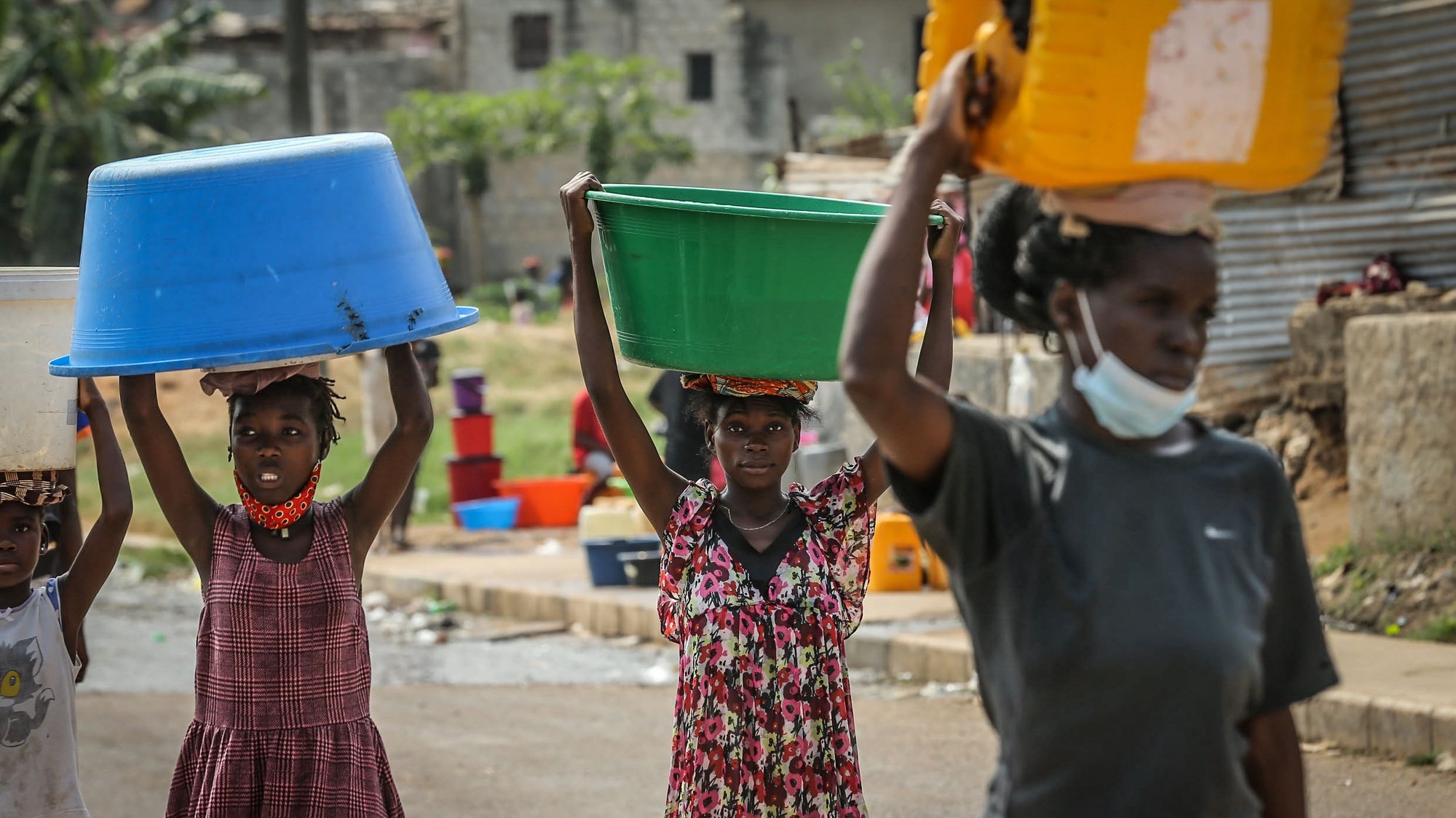A director of the National Institute for Children (Inac) of Angola warned this Thursday about the practice of female genital mutilation. in some communities of the province of Moxico (south).
According to the head of the Department of Prevention of Violence and Protection of Children’s Rights of the National Institute for Children (Inac), Bruno Pedro, “The subject of female mutilation is a less frequent phenomenon than circumcision [mas] it was clear that it exists in the province of Moxico”, after an investigation carried out by the institution.
On the sidelines of the presentation of the provisional results of a survey on “Cultural beliefs and practices that promote sexual violence against children: an analysis from the perspective of children’s rights”, Bruno Pedro explained that there are records of girls between 12 and 15 years old“if not a little earlier”, subjected to genital mutilationin the municipalities of Alto Zambezi, Luacano, Lumeje, Cameia, Bundas and Luchazes.
According to Bruno Pedro, these communities believe that by subjecting girls to the ritual of female circumcision, these learn to behave during sex.
“There are some cases that also start at nine, because puberty beginsthe first signs, so it is understood in these communities that when these signs appear, that person is already in a position to be considered an adult,” he said.
Beliefs that “the female genital organ reacts better to the introduction of the penis” or that “there is a better sensation in the sexual act” are some of the reasons invoked by these communities, explained the leader.
Asked about the physical and psychological consequences suffered by children, Bruno Pedro stressed that no data was collected, although he admitted that, from a medical point of view, mutilation always leaves consequences.
“Since the investigation is open (…) eventually we will also evolve the investigation towards this side, but there are reports that when this mutilation is done it can have a consequence for the girl,” said the official, pointing to hygienic issues.
The way in which it is carried out (the mutilation) can then have other consequences for the female genital system, from a physical, biological point of view, for the development of the girl, not to mention that it can have other consequences both for sexuality of the child, (whether for) the way in which the sexual act will be performed”, he underlined, noting that, on the other hand, male circumcision is a widespread practice in other parts of the country.
Now, the authorities must “make the people of the communities that have these practices understand” their “negative effect on the development of children,” defended Bruno Pedro.
The coach admitted that this awareness “It will take your time, because [a prática] it’s culture” and it is perceived as normal, but he considered “important to start this process of information, of awareness, so that the people of the communities realize that the child is developing at this stage.”
To sensitize the communities, the authorities count on the participation of professionals such as social workers, psychologists or sociologists, “people who already have a name in the community.”
Investment in nearby opinion leaders, “who understand these issues and their negative impact” on children, must be a high priority, urging these interlocutors to “manage to transmit, in the community’s own language”, this information.
Previous experiences of this type in the fight against male circumcision were successful in Angola, recalls Bruno Pedro, citing as an example a campaign to prevent the use of the same object to perform mutilation in group ritual ceremonies.
Source: Observadora
